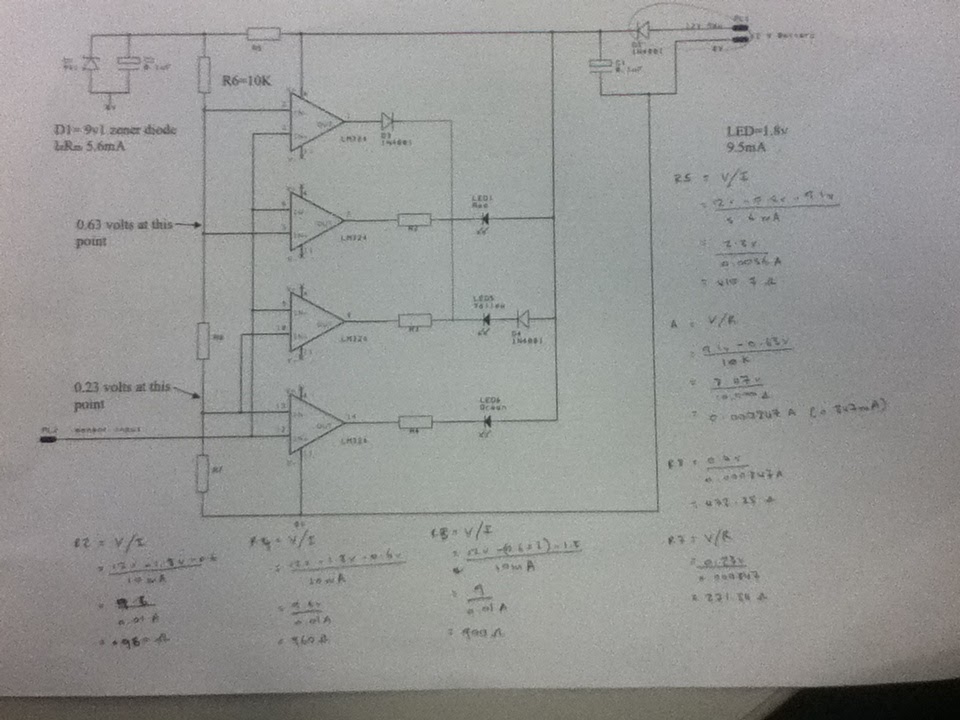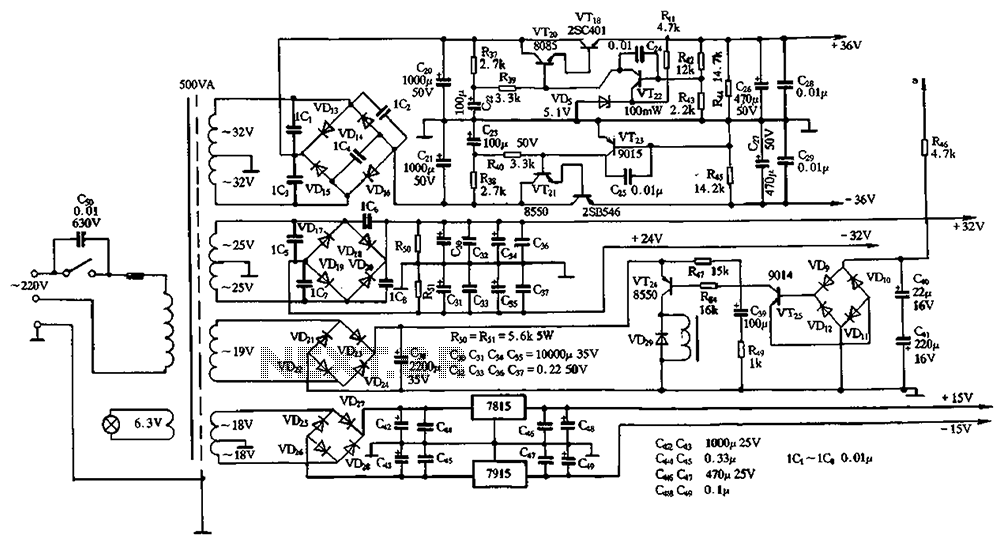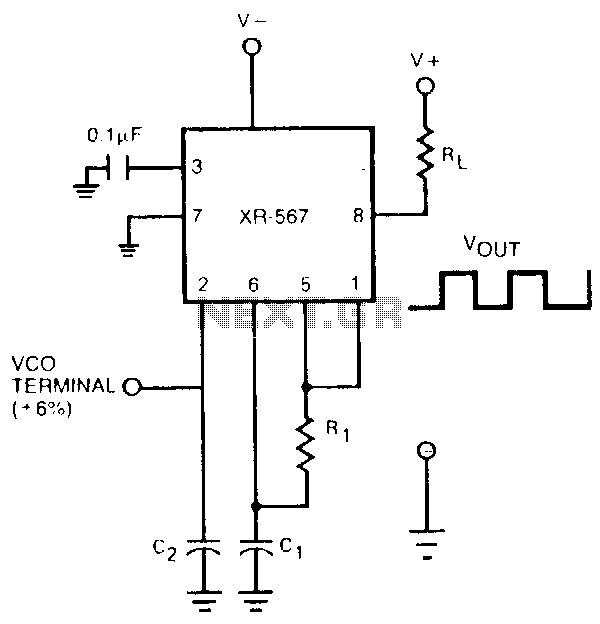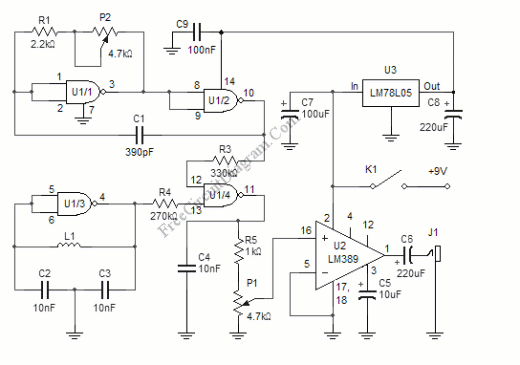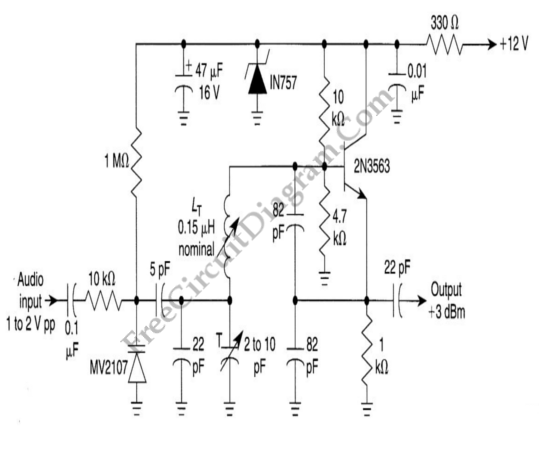
Sine Wave Oscillator Circuit Using Phase Shifter
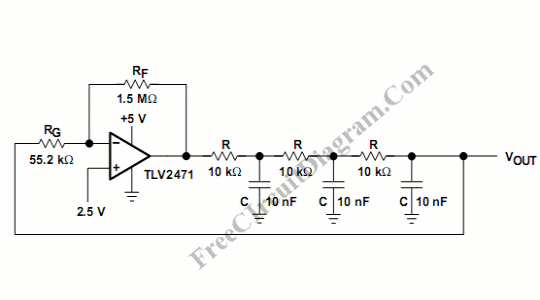
A sine wave oscillator can be implemented using a Wien-Bridge oscillator, similar to the previous sine wave oscillator circuit; however, another method is now presented.
The Wien-Bridge oscillator is a type of electronic oscillator that generates sine waves. It is based on a bridge circuit consisting of resistors and capacitors, which allows for the generation of a stable frequency output. The circuit typically includes an operational amplifier (op-amp) to provide the necessary gain and feedback.
In a Wien-Bridge oscillator, two resistors and two capacitors form the bridge. The resistors are usually equal in value, and the capacitors are also equal, which helps to set the frequency of oscillation. The frequency (f) of the output sine wave can be calculated using the formula:
f = 1 / (2πRC)
where R is the resistance and C is the capacitance used in the circuit. A common feature of the Wien-Bridge oscillator is its ability to maintain amplitude stability through the use of a light bulb or thermistor in the feedback loop, which automatically adjusts the gain of the op-amp to prevent distortion.
The circuit can be configured for various frequencies by selecting appropriate values for the resistors and capacitors. Additionally, the use of an op-amp allows for a more compact design and the ability to drive loads directly without the need for additional amplification stages.
For practical applications, the Wien-Bridge oscillator is widely used in audio signal generation, function generators, and as a test signal source in various electronic devices. Its simplicity and effectiveness make it a popular choice for generating high-quality sine waves in laboratory and industrial environments.Sine wave oscillator can be implemented using Wien-Bridge oscillator like in our previous sine wave oscillator circuit, but now we present another method of. 🔗 External reference
The Wien-Bridge oscillator is a type of electronic oscillator that generates sine waves. It is based on a bridge circuit consisting of resistors and capacitors, which allows for the generation of a stable frequency output. The circuit typically includes an operational amplifier (op-amp) to provide the necessary gain and feedback.
In a Wien-Bridge oscillator, two resistors and two capacitors form the bridge. The resistors are usually equal in value, and the capacitors are also equal, which helps to set the frequency of oscillation. The frequency (f) of the output sine wave can be calculated using the formula:
f = 1 / (2πRC)
where R is the resistance and C is the capacitance used in the circuit. A common feature of the Wien-Bridge oscillator is its ability to maintain amplitude stability through the use of a light bulb or thermistor in the feedback loop, which automatically adjusts the gain of the op-amp to prevent distortion.
The circuit can be configured for various frequencies by selecting appropriate values for the resistors and capacitors. Additionally, the use of an op-amp allows for a more compact design and the ability to drive loads directly without the need for additional amplification stages.
For practical applications, the Wien-Bridge oscillator is widely used in audio signal generation, function generators, and as a test signal source in various electronic devices. Its simplicity and effectiveness make it a popular choice for generating high-quality sine waves in laboratory and industrial environments.Sine wave oscillator can be implemented using Wien-Bridge oscillator like in our previous sine wave oscillator circuit, but now we present another method of. 🔗 External reference
